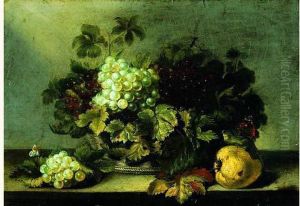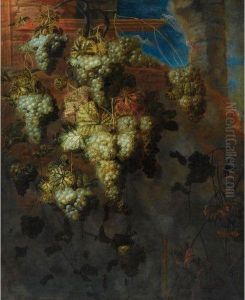Pierre Antoine Lemoine Paintings
Pierre Antoine Lemoine, sometimes also known as Antoine Le Moine, was a French painter active during the 17th century. Born in 1605, he was part of an era that witnessed a flourishing of the Baroque style in art. While there is not a wealth of information available about his personal life, Lemoine was recognized for his contributions to religious and historical painting.
Lemoine's work was characteristic of the Baroque period, with its emphasis on dramatic intensity, rich coloration, and dynamic movement. He was particularly known for his ability to capture the theatricality of religious narratives, a skill that made him a valued artist for church commissions. His paintings often featured grandiose scenes filled with emotional expressions and gestures, aiming to engage the viewer both spiritually and emotionally.
Unfortunately, many of Lemoine's works have not survived, or their attributions have become uncertain over time, making it challenging to construct a comprehensive understanding of his oeuvre. Nonetheless, the pieces that are attributed to him reflect the artistic trends of his time and provide insights into the religious and cultural milieu of 17th-century France.
The exact circumstances of Lemoine's death are not well documented, but it is generally accepted that he died in 1665. Despite his relative obscurity today, he was an integral part of the artistic community in France during his lifetime, contributing to the rich tapestry of Baroque art that defined the visual culture of the era.

